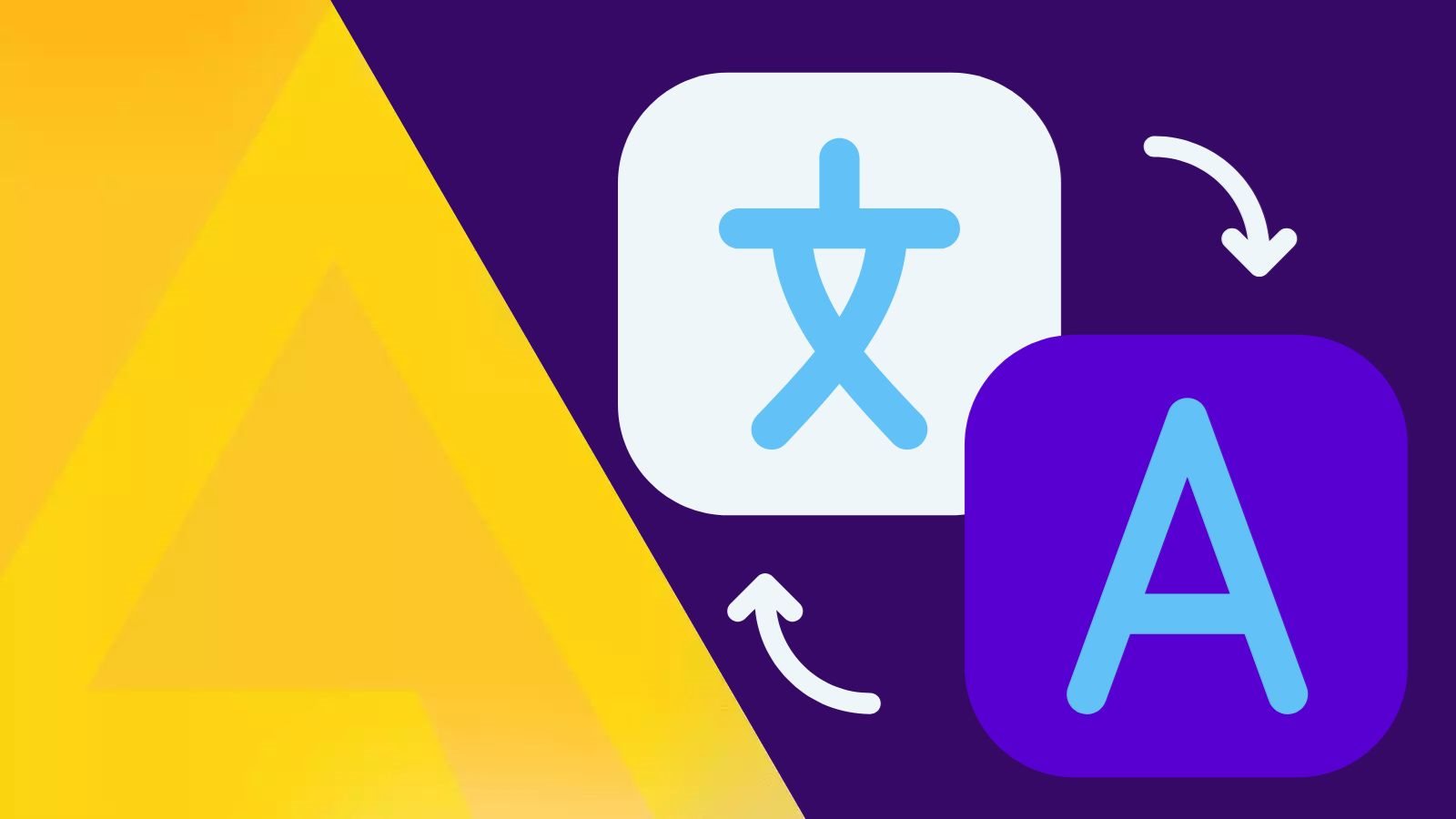Multilingual content has become essential for reaching wider audiences and expanding the reach of intended messages in the current, increasingly digitized market.
The use of headless Content Management Systems (CMS) has become imperative for businesses looking to scale and reach their audiences with the right content at the right time. As Agility CMS puts it, unlike a more traditional CMS, a headless CMS as a content platform does not dictate how content is presented on the front-end of a website or app. Instead, it provides a structured content repository that can be accessed through APIs (Application Programming Interfaces).
By making your content platform multilingual, businesses and organizations can have an edge in their efforts to reach a wider audience.
Benefits of Multilingual Content Platforms in Localization and Translation
Agility has already provided a few reasons why a headless CMS as a content platform might be a better option for companies compared to a more traditional CMS. A content platform with multilingual capabilities can, most importantly, improve the user customer experience for international audiences by delivering content in your users' preferred language.
Second, it can improve efforts in search engine optimization and content engagement in global markets through proper separation of content and presentation, allowing for scalability and variability when it comes to SEO strategies.
Third, it allows for the creation and management of content in multiple languages from a single platform, streamlining content creation and management workflows.
And finally, it makes keeping content up-to-date and consistent across all channels, available languages and regions.
Characteristics of Multilingual Content Translation and Localization Platforms
The features of a multilingual content platform provide flexibility and advantages for companies and businesses. These include, but are not limited to:
- Language management tools and workflows that provide tools for creating and managing content in multiple languages, translation creation features, localization workflow management, and multilingual content previews,
- Translation management features which include translator task assignments, progress tracking, and completed translation content previews,
- Content reuse and versioning that enable businesses and organizations to roll back to previous versions of content and track changes over time,
- And multilingual SEO capabilities such as language-specific URLs, annotations and site maps, custom meta tags, integration with available SEO tools, and keyword research and analysis.
Best Practices for Implementing a Multilingual Headless CMS as a Content Platform
With the number of content platforms in the market, businesses might need help choosing the tool that's best for them and their operations. Here are a few tips to help any company get started on their journey:
Choose the suitable Multilingual Headless CMS. Depending on the industry, it's important to choose the one that can handle multiple languages and has the features the business needs, such as translation management tools and flexible content modelling.
Customize tools and guidelines for business needs. For consistency, create a style guide that outlines your brand's tone of voice, key messaging, and visual style. For streamlining and error reduction, consider using automation tools alongside your multilingual CMS, such as translation memory and machine translation.
If a business is using machine translation as its translation tool, Machine Translation Post-Editing (MTPE) is essential to keep content accurate and high quality. Reviewing and refining machine-based translations also avoids awkward phrasing and errors and allows for a clearer, more natural-sounding, and culturally appropriate message for its target audience.
Use a CMS that can measure multilingual content on business growth and engagement depending on business priority. Various multilingual CMS tools can calculate data in different ways, such as conversion rates, SEO and content performance, and customer feedback. Choose a CMS that fits the business parameters and metrics the best.
Conclusion
In today's globalized market, it's the businesses that want to connect with international audiences that reap the fruits of a multilingual headless CMS. With a multilingual CMS, companies can expand their reach, enhance their customer engagement, improve SEO, streamline content management, and perhaps, most importantly, have the ability to adapt language and products to any culture and in the world.
Overall, investing in multilingual content management is essential for businesses that want to achieve global success. By creating a content strategy that is tailored to the linguistic and cultural preferences of their international audience, businesses can build a strong global brand.
By investing in multilingual content management, the path to global success becomes less of a possibility and more of a probability. With a distinct, worldwide brand, new opportunities arise, and further growth becomes inevitable.




